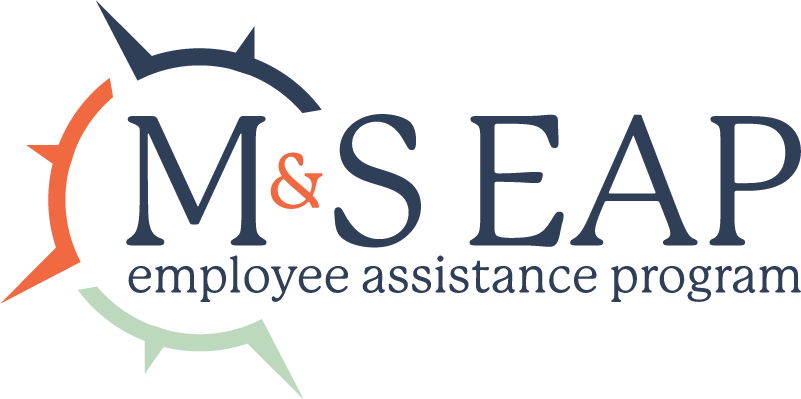5 Methods for Conflict Management in the Workplace

Conflicts between co-workers are often more challenging to deal with than the labor of work itself. Disputes between colleagues can arise for various reasons, personal and professional. The nature of a workplace means you’ll likely have employees who differ in beliefs, communication styles, background, expectations and personality. Diverse needs and people don’t mean harmony is impossible, though.
Whether issues spring from work projects or politics, it’s important for a company to decide on a philosophy for conflict management and create structures that clarify expectations and handle disagreements that become disruptive. A company and leadership team that is proactive about diffusing conflicts and properly handling issues that arise will foster a positive company culture and maintain efficiency.
Organizations desiring to support employees in problem-solving and mutual respect should heed the following five tips for conflict management strategies in the workplace.
Conflict management strategies
Companies that invest time and effort into building conflict management strategies in the workplace will quickly reap the benefits. When organizations effectively handle disputes, employees will have better relationships with co-workers and leadership and enjoy a positive work culture.
1. Determine a sustainable and respectful approach
In order for companies to best handle discord, it’s essential to agree on a definition of conflict management. While some might say conflict management requires the mediation of everyday disagreements, others would argue that the definition of conflict management leans towards micromanagement, which is off-putting to employees and makes work feel tedious.
Others may lean towards a hands-off approach. While this perspective may work for a while, eventually an issue that goes unaddressed will convey to employees that the company leadership is completely uninvolved and doesn’t value the well-being of its workers.
Companies should collaborate on a definition of conflict management as they find a middle ground between intrusive mediating and leadership that appears absent.
2. Define acceptable behavior
One of the best things a company can do in any area of friction is to clearly and explicitly define expectations and communicate them to staff personnel. By explaining what behaviors are and aren’t acceptable, companies are taking proactive measures against potential future disruption.
There’s no need to give your employees an encyclopedia of professional behavior, but a framework of expectations can be written and distributed in an employee handbook and discussed at least yearly.
In this same step, employers would do well to state the consequences of breaches to the defined acceptable behavior policy. Companies can decide on whether the approach will be strict or allow for opportunities to resolve conflicts using positive solutions such as mediation.
3. Deal with conflicts quickly
A company that lets a building issue fester is due for trouble. Many leaders assume that interpersonal conflict will peter out or resolve itself, and this is sometimes the case, but in many events the longer an issue lingers the larger it becomes. A problem that continues unchecked can damage relationships between co-workers permanently and create negative opinions of leadership that was too hands-off.
Managers who are conflict-avoidant can take training and seminars to learn that disagreements don’t need to be feared. In fact, those in leadership positions should seek to acknowledge conflicts quickly in an effort to breed positive solutions through problem-solving and model these behaviors to employees.
4. Encourage communication
One of the surest ways to stall conflict resolution is through poor, avoidant or hostile communication. Employees, though they may be excellent at their job, come from different backgrounds and different learning styles of communicating. Oftentimes, the communication itself (language, tone, body language, and so on) can cause just as many issues as the problem at hand.
Communication can clarify misunderstandings, too. When employees are each allowed to share their side of the story, it can be helpful for disagreements to be handled with empathy.
Employees should feel empowered to express their opinions and explain their reasoning, but they should also be expected to do so in a reasonable manner. A company should encourage respectful and honest communication that isn’t demeaning or harmful in any way. Employees who are unable to communicate constructively may need to be put on a probationary period, attend classes to enhance interpersonal skills or demonstrate growth.
5. Create opportunities for relationships
Businesses that run on a strict schedule with no time built in to foster culture and relationships between co-workers are set up for discord. Conflict management strategies in the workplace can start from the ground up by incorporating social opportunities for staff to relate and enjoy each other’s company in a relaxed environment.
Plan staff outings, meetings over lunch or after-work meet-ups in a setting outside the workplace. Taking an employee to lunch can provide a neutral ground to discuss matters in a low-key setting while still affirming their value to the company. Companies that invest in building relationships one-on-one and as a whole organization will build stronger, friendlier teams where people enjoy working together.
6. Work with an EAP
An interpersonal conflict that has escalated cannot always be solved by company leadership or human resource departments and is sometimes best handled by a third party. When your company invests in an employee assistance program, you’ll enjoy the intervention of trained professionals who can aid in counseling, crisis management and building a positive company culture.
Mazzitti & Sullivan EAP can help you define your expectations and implement conflict management strategies in the workplace. You’ll find your employees are happier and more productive when they are able to engage with co-workers, build relationships and find satisfaction at work. Reach out today to learn more so you can equip your employees with the resources they need to be their best selves.



